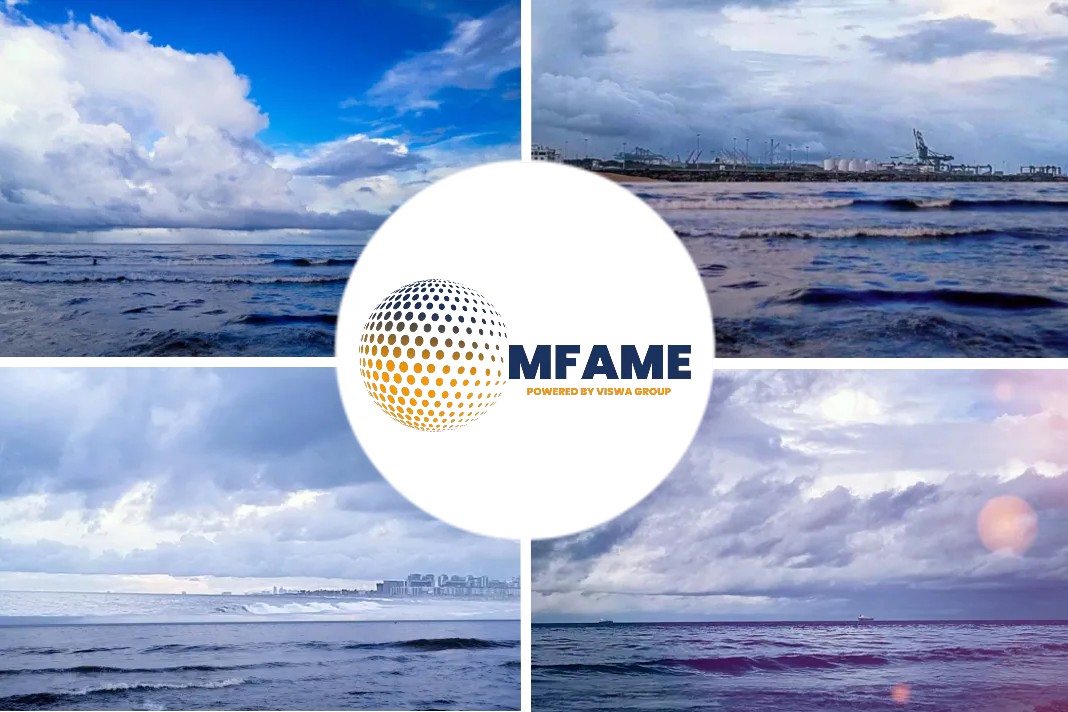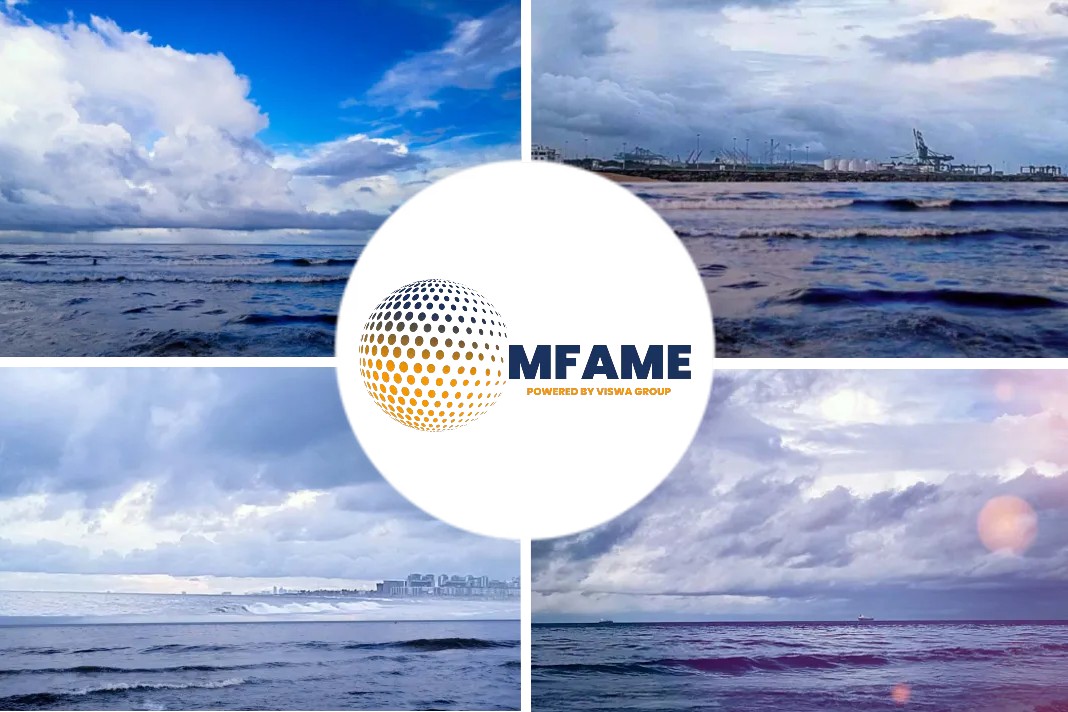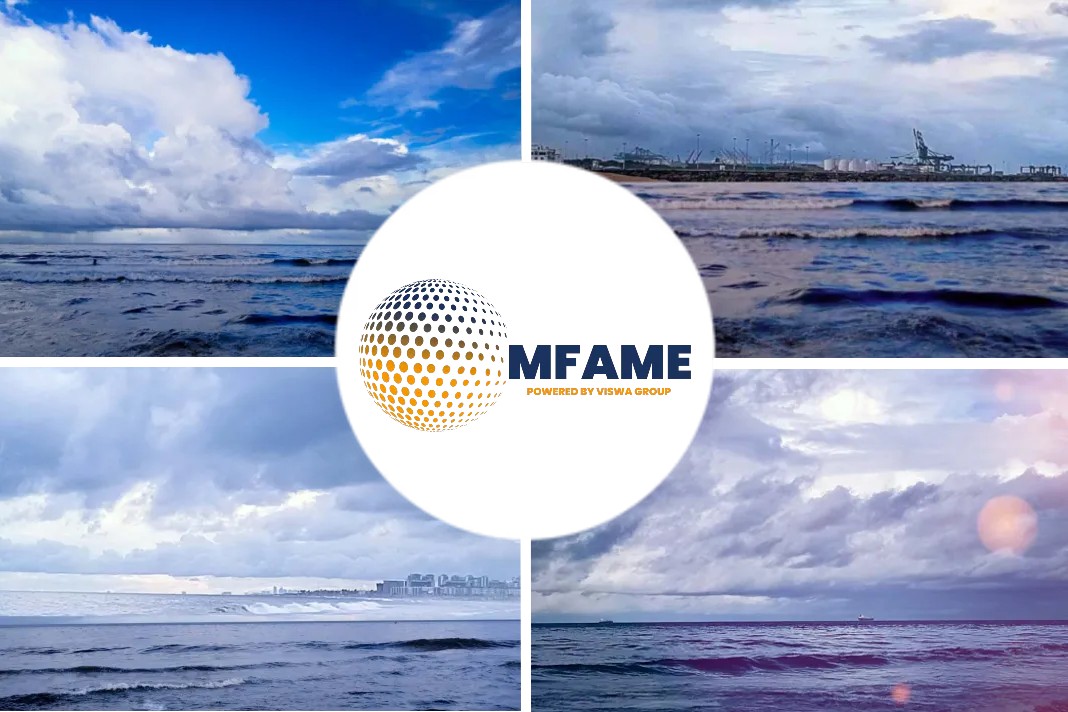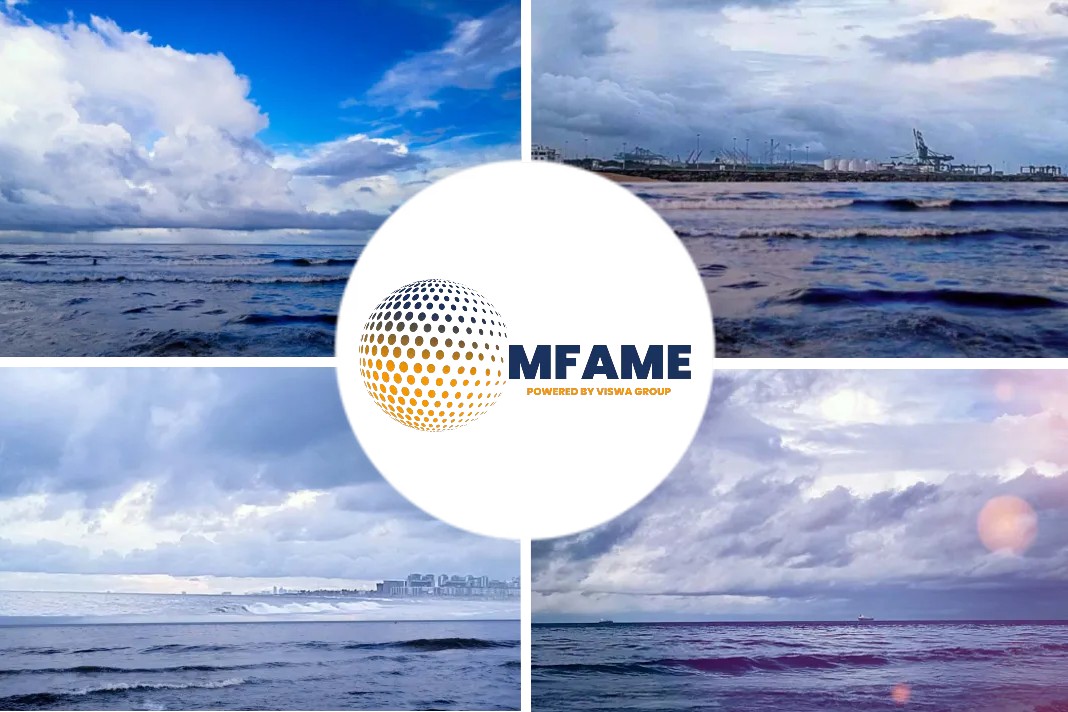- As shipping moves toward a future powered by cleaner fuels, IMO’s global sulphur cap offers some valuable lessons to ensure the safe and reliable operation of main engines.
- Prior to the fuel change, there was industry-wide concern about how new fuels could affect ship operations.
- One major question was whether ship operators would be able to successfully adjust their fuel handling and engine operations.
- It includes adopting new cylinder lubrication products and practices — to manage use of the new VLSFO blends.
- Several months after the switch, Chevron Marine Lubricants assesses how the industry dealt with these issues.
A recent report from Chevron Marine Lubricants talks about the taking the temperature of the 2020 fuel sulphur switch. 
Sulphur change and challenges
Taking the temperature of the 2020 fuel sulphur change is particularly important considering the challenges shipping will face in the future.
As the industry explores options for meeting IMO’s greenhouse gas emission reduction ambitions — most crucially the aim of cutting emissions by 50% by 2050 compared to 2008 levels — more new fuels will come into play.
According to DNV GL, 30–40% of the global fleet’s energy demand will need to be
met by carbon-neutral fuels to achieve this target.
Transition managed smartly
“Chevron’s observations show that most ship operators managed the transition very well,” says Ian Thurloway, Brand, Marketing and Business Development Manager for Chevron Marine Lubricants.
“Fuel quality has been less variable than expected and accurate recommendations on cylinder lubrication helped prevent the worst fears from being realised. But there have been engine condition concerns and rigorous monitoring remains a fundamental of any fuel change – particularly faced with a whole new range of clean fuels to choose from.”
VLSFO has higher energy content
Chevron notes in the whitepaper that VLSFO in general has a higher energy content than HSFO, offering good value for users. But its rapid ignition has caused problems for some older engines.
Meanwhile the practice of flushing high-sulphur residues from tanks ahead of the regulation’s entry into force also contributed to an increase in cylinder condition challenges early in the year.
Reduced safety margin
The lower sulphur content in marine fuel also reduces the safety margin between normal piston running, with a limited but manageable level of corrosion, and damaging abrasive or adhesive wear.
To detect these conditions before they lead to irreversible engine damage Chevron recommends that operators employ a robust onboard drip oil monitoring programme, supported by frequent onshore laboratory analysis.
Chevron’s own DOT.FAST® service now includes a separate indicator for abrasive/adhesive wear in its onshore laboratory analyses.
“Ship operators can use the DOT.FAST® onboard kit to check if total iron in the drip oil rises,” says Luc Verbeeke, Senior Engineer, Chevron Marine Lubricants.
“The deeper laboratory analysis then identifies if the drip oil contains greater levels of magnetic iron particles”.
“This would indicate abrasive/adhesive wear, meaning that operators should adjust either the base number or the feed rate of their cylinder lubricant.”
Did you subscribe to our daily newsletter?
It’s Free! Click here to Subscribe!
Source: Chevron Marine




















